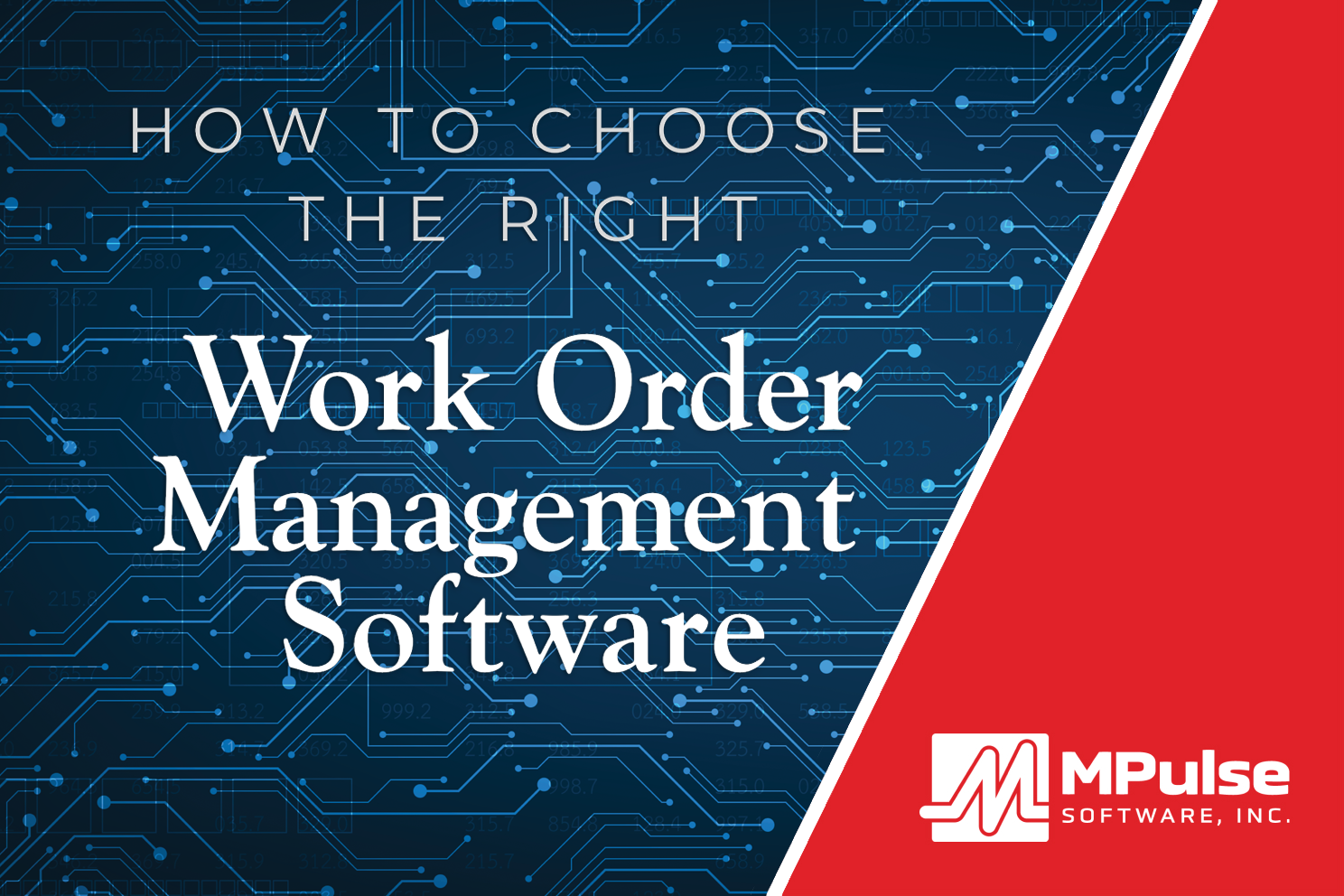After two decades in maintenance management, Jose had seen a lot of changes in the field. But it really hit home when he started a new job last year.
His new employer—a state agency—had CMMS software. But it was close to a decade old, and it didn’t have many of the features he’d come to expect.
“It was eye-opening to see how far technology has come in a relatively short time,” he said. “The old software just couldn’t do what I needed it to do.”
Table of Contents
The Hidden Costs of Outdated CMMS Software
Perhaps the most dramatic example of the problem was when Jose discovered a fleet vehicle had gone missing—and no one knew where it was.
“We actually reported it as stolen,” he said. “And then we found it a few months later, parked at another site. That should never happen. We should know who had it and when, so we’d know who to ask and where to look.”
Jose soon realized the lost vehicle was just the beginning. His new maintenance team was spending a lot of time and effort trying to work around the old software’s limitations—which was costing the organization far more than the price of new software.
For example, Jose found…
- Key data wasn’t being gathered, making it hard to spot areas where productivity and efficiency could be improved
- Lack of data integration capability meant entering data manually, sometimes in more than one place
- Paper workorders were easy to misplace or lose
- Reporting took far longer—and was sometimes impossible—because the data wasn’t easily available or accessible
- Data security wasn’t up to modern standards, putting the organization at risk for viruses, malware, hacking, etc.
- The original software manufacturer wasn’t supporting this version, and hadn’t for some time, so help was limited
The Growing Cost of Workarounds
If that wasn’t enough, Jose’s team had developed some workarounds—which helped them get the job done, but took even more time away from their work. For example, the lack of historical data meant the techs often stopped working on a job to seek out others who had worked on the asset before, so they could ask questions.
“This is information we should have captured—simple things like what was done and when,” he explained. “Our techs should be able to find this at a glance in our CMMS software, not spend more time searching out coworkers to ask.”
Once your organization makes the leap to CMMS software, upgrades and updates may feel like more trouble than they’re worth. But software upgrades offer more functionality as technology advances, and that helps you meet the changing needs of the maintenance field.
And, as Jose discovered, once you’re spending far more time and money on working around their software than the cost of the upgrade, it just makes sense.
What’s changed in CMMS software? Leave a comment or contact us. We’re here for you.






